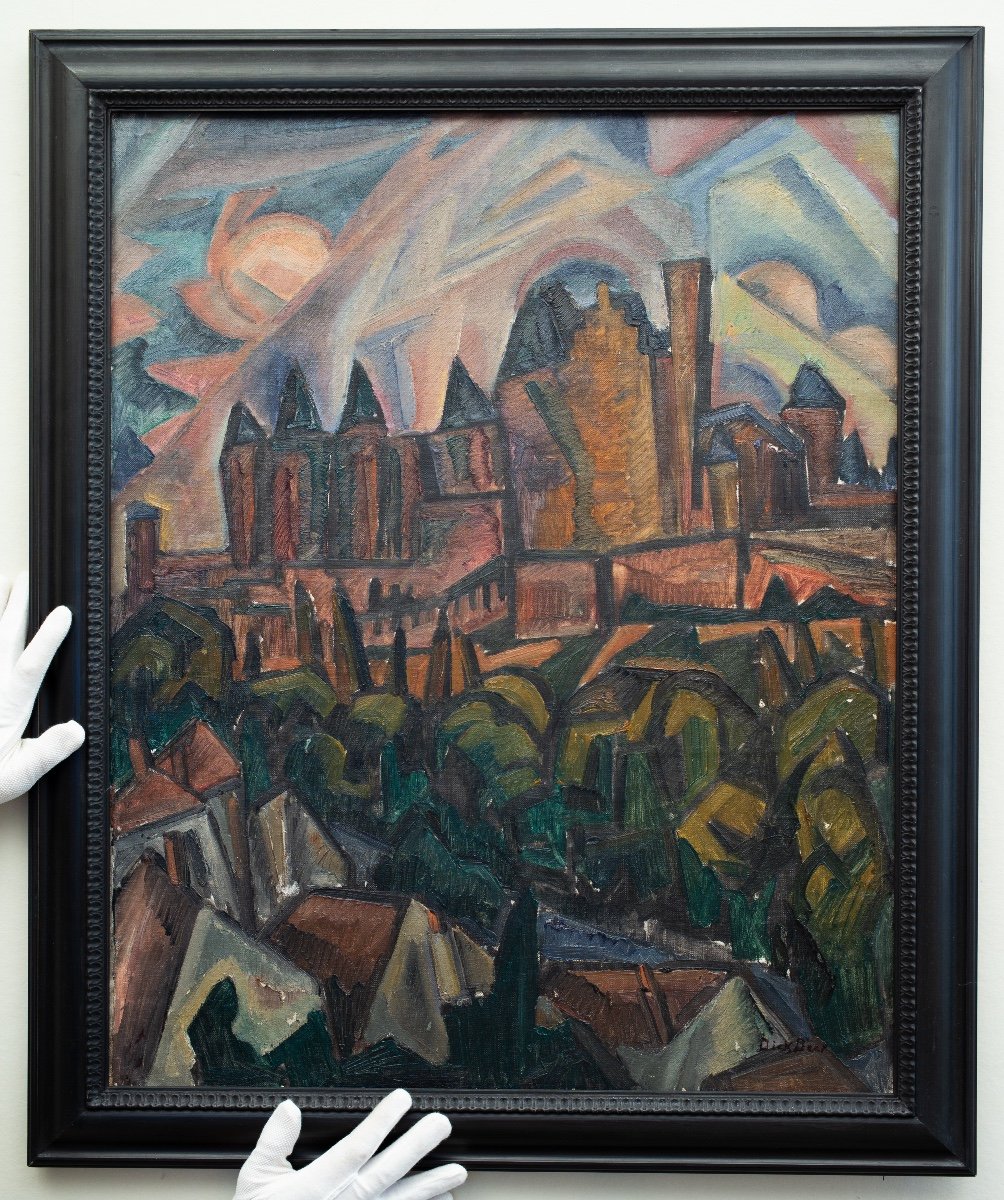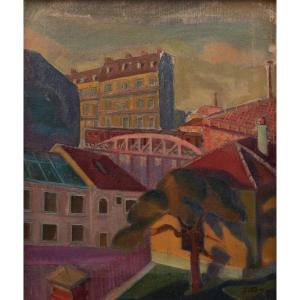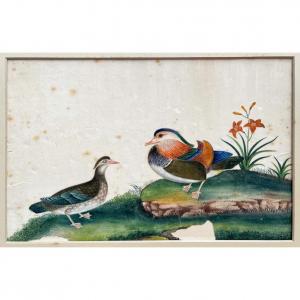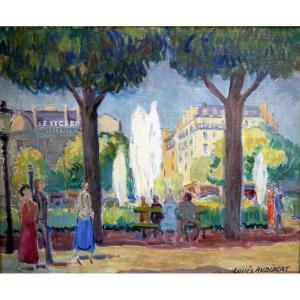A French City, 1919 (Fransk stad)
oil on canvas
canvas dimensions 82x66 cm
frame 94x78.5 cm
signed Dick Beer
painted 1919
Exhibited:
Gothenburg Art Gallery, Memorial exhibition, 1944;
Åmells Konsthandel – En internationell kubist, Stockholm & London, 2008;
Provenance:
Within the family Beer until today
Cubistic vision:
In the period following the First World War, the artist’s painting underwent a fundamental transformation. Dick Beer was influenced by various modernistic expressions. In Paris, the first wave of cubism, led by Pablo Picasso and Georges Braque, was established. It was a controversial artistic style. There was a heated debate about cubism, in which the artist broke up the motif into smaller components, sometimes called facets, in order to rebuild it on the flat surface of the pictorial plane. This manner of painting represented a complete break with preceding pictorial conventions and naturalistic painting.
Cubism was governed by theory, not practice, and critics claimed that the style was too intellectual for the general public and they predicted that it would disappear and that artists would return to a rather more classic expression.
The theories surrounding cubism and its various expressions opened up for a number of reinterpretations in the 1910s. Dick Beer was well aware of the cubist discussions. He embraced the ideas but created a varied, personal and emotive cubism in the years around 1918. His painting was often an explosive discharge with playful characteristics and a futuristic dynamism which accentuated the painting’s inherent speed and movement, as for example his works “Dancer” and “The Toy Box”. He also experimented with geometric compositions of buildings and landscapes, which were reminiscent of Paul Cézanne’s more cubic landscapes. Here, Beer’s colours were often muted, in blue, brown and red hues. He frequently returned to earlier motifs and reworked his canvases into a cubist style, as in “Dancer tying her shoes” and “Seated dancer“.
Contemporary art critics were appalled and Beer had to endure severe criticism. At one point, the artist published a reply in the daily Politiken, 1919, where he described his view on art:
“... because love for and understanding of art, ‘l’art pour l’art’, is not easy to achieve, and neither is it easy to comprehend the different movements’ or schools’ origin, goals, characteristic endeavours, etc. – These international phenomena require not only theoretical and art historical knowledge but (...) the ability to empathise with and feel for art, as its practitioners do”.


































 Le Magazine de PROANTIC
Le Magazine de PROANTIC TRÉSORS Magazine
TRÉSORS Magazine Rivista Artiquariato
Rivista Artiquariato